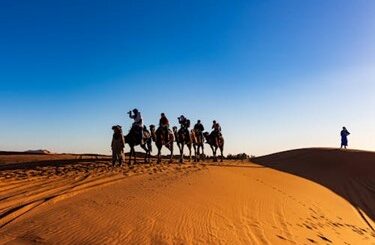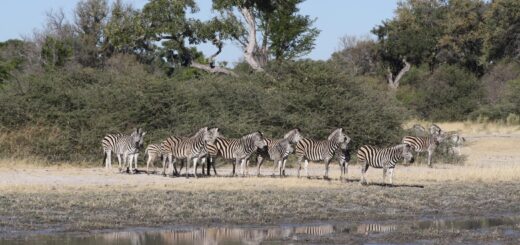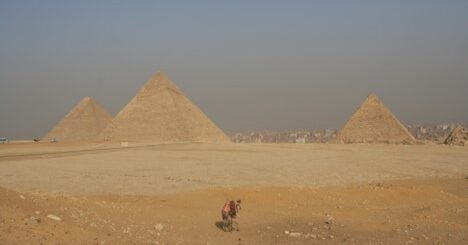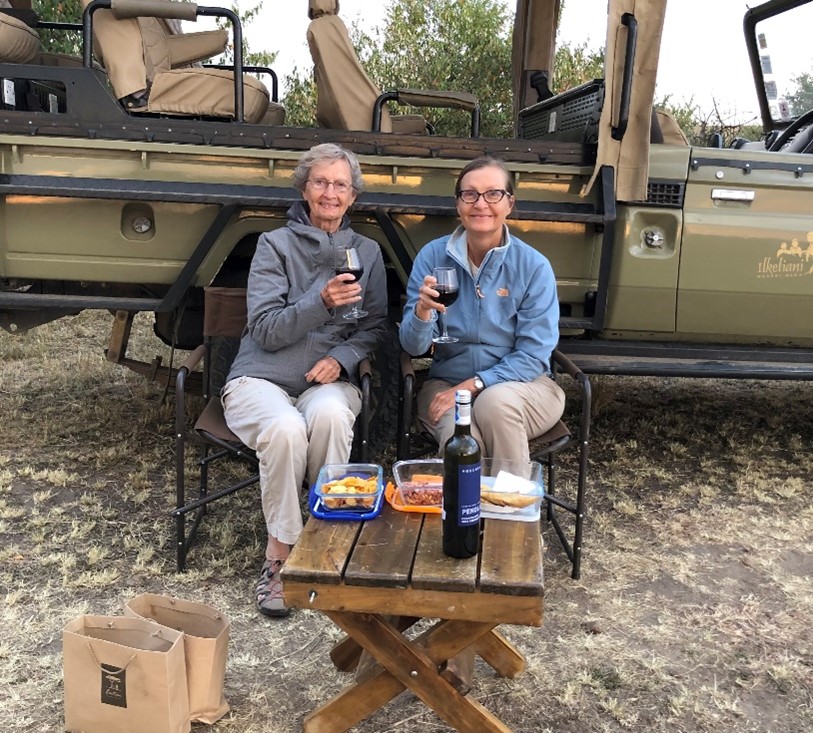Serengeti
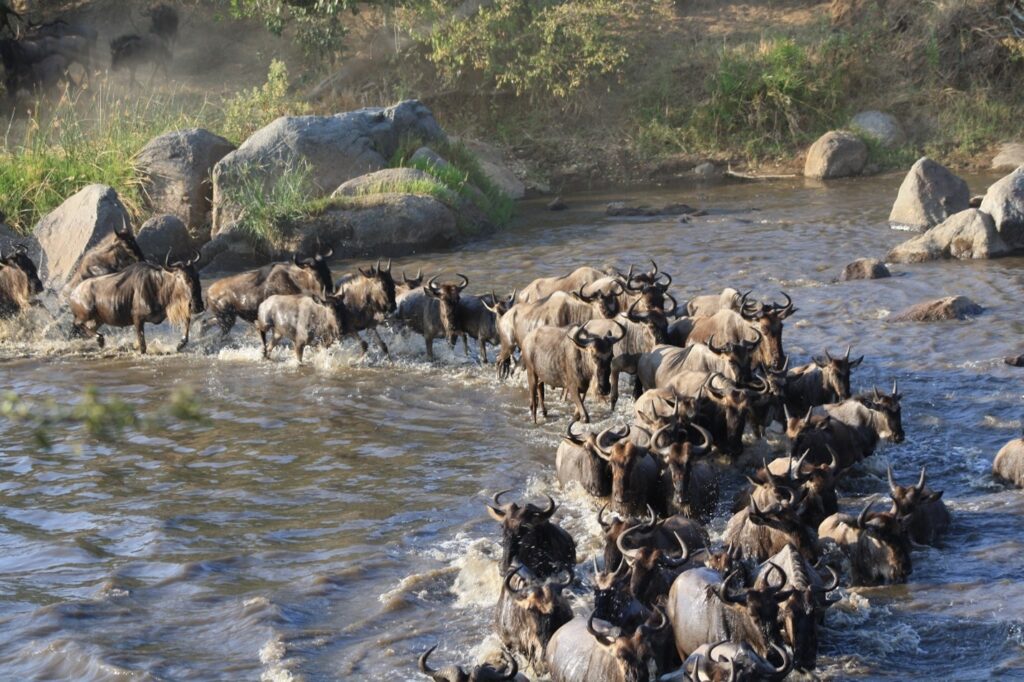
Travel Advice for Seniors: Serengeti
The focus of our three-week safari trip to Tanzania and Kenya was to experience the famous Wildebeest Migration.
There is something primal and untouched about safari country in Africa that is like nowhere else in the world. You will be ruined forever of going to a zoo after you’ve experienced the real thing in the wild. From the moment we set foot on Africa and saw our first giraffe poke its head up from the trees and gaze at us, we fell in love with safari.
We had previously focused on Botswana and Namibia, but this time around we were going where the wildebeest were for the yearly Wildebeest Migration. This natural phenomenon involves millions of wildebeest, zebras, and other animals moving across the plains of the Serengeti and Masai Mara in search of water and fresh grass. It begins in Tanzania in December and continues through Kenya in July and August. The best time to see the migration is from July to October. After careful consideration we planned our visit for late July.
The Wildebeest Migration is noteworthy not only to see the volume of animals that converge on the Serengeti in Tanzania and on the Masa Mara reserves in Kenya, but also because of the danger of crossing the Mara and Grumeti rivers, which are loaded with crocodiles. We spent time at both parks.
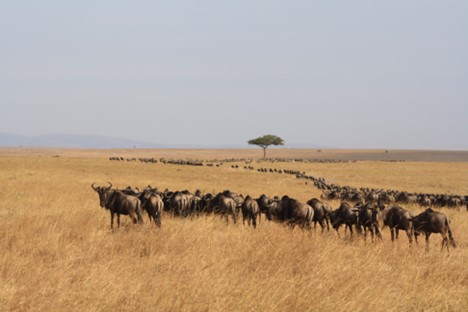
To best see the migration, you may want to stay in a moving camp that follows the migration, which is what we chose. It is definitely “glamping”, with a main dining/communications tent and individual fancy tents with full bathrooms. Most camps and even hotels will have native guards posted all night long to keep animals at bay. During our stay at the Serengeti Northern Wilderness camp, there were reports of lions in the area and we could hear animals moving around outside our tent each night. One other note about the glamping moveable camp sites: You must put in an order for hot shower, which is actually a “bucket” shower, meaning a couple of buckets of warm water are dumped through the shower from above your tent. No kidding. It’s a bit awkward with one of the workers asking if you are ready from outside the tent and then dumping the water! But hey, a shower after a long day is a shower!
This particular camp, Serengeti Northern Wilderness Camp, was very well placed to get us out to the crossing rivers quickly and beat the Daytrippers coming in from further away. You will be doing game drives primarily at dusk and dawn, so be aware that you will not be sleeping in! While we could recharge our phones and cameras at the tent site, our wake-up call was usually our guide whispering “Good Morning” softly through the tent flaps!
The game drives in the Serengeti put other preserves to shame. The area is 12,000 square miles including adjoining preserves and there are tons of wildlife to view. But we came to see the Wildebeest. Between 1.5-2 million of them and zebras, antelope and others cross the rivers moving from the southern breeding grounds to the northern plains for new grass. It is an absolutely incredible sight and one of the “Seven Wonders of the Natural World”.
But you have to be patient. Huge herds of wildebeest can be seen walking two by two for miles and miles through the Serengeti. When they finally arrive at the river crossing, they tend to circle up and mill around until one or two are brave enough to go down to the river’s edge. The smallest thing will make the brave two or three fire back up the steep hills around the water and the entire herd of several hundreds also turn around and run with them back several miles from the water to regroup. This happens multiple times until they really do cross. It is a fascinating thing to watch and when they finally do cross, it is truly a wonder and a beautiful thing to watch.
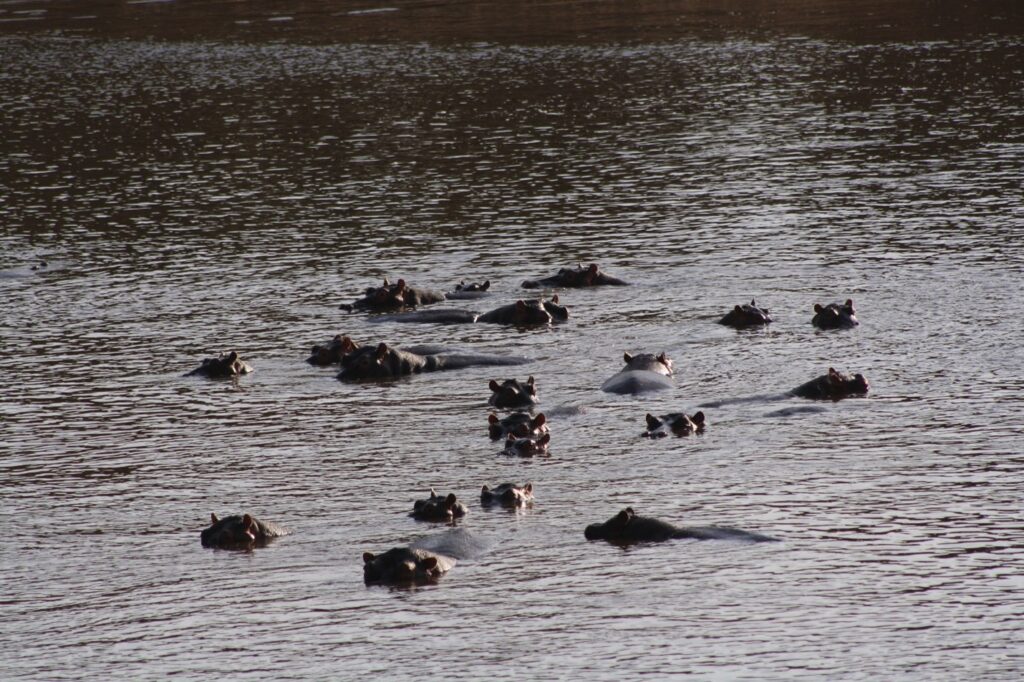
Between crossings there are plenty of other animal activity to check out. The Big 5 are all here: Lion, leopard, African buffalo, elephant and rhino. There are only about 160 rhinos in the Serengeti, but we didn’t see them on our game drives, we did however, see one in the Masa Mara, just north of the Serengeti in Kenya. Unfortunately, the rhinos have been heavily poached in this area, but much is being done to protect them.
We also observed several prides of lions. We could’ve spent hours just watching them interact and many times did. In addition to the Big 5 there are also scores of elephants, giraffes, zebras, hippos and the ever-present Impalas, not to mention the birdlife including the Kori Bustard and Lilac-Breasted Rollers.
The Serengeti is a variety of landscapes, but for the most part is rolling savannah with lush grasses and sparse Acacia trees, the shade of which is where wildlife gathers most afternoons. Serengeti NP has an accessible entrance and parking, however, only some of the Lodges and safari vehicles are equipped for accessibility.
Also note, the game drives here usually take off before dawn and arrive back at camp around lunchtime, so plan your coffee intake accordingly. There are no port-a-potties in the savannah. Usually, you eat breakfast before heading out, and then a hearty lunch followed by downtime or a nap. The next game drive is in the late afternoon, returning to the camp around sunset for drinks and another hearty meal. The fare is not fancy at the camp, but it is delicious. Full board including all meals, snacks and drinks are usually included.
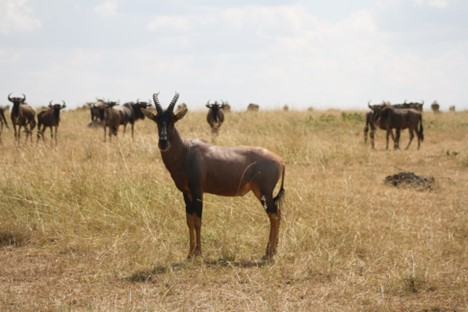
The camp also sent us out one morning with a breakfast feast which was set up for us under a tree to enjoy the expansive view. They also provided sundowners and snacks one evening to watch the sunset. During the time of our stay, we asked for a special birthday evening. Just me and Mom with a small group of servers, a lookout and our guide. A fire was built for us to have a glass of our fav Pinotage and some snacks and watch the sunset. Following sunset, we had a lovely candle-lit buffet dinner and chatted with our guide at length about his life and life in Tanzania. Followed by birthday cake (!) and singing and dancing by the servers to commemorate the special day. It was a night that we’ll remember the rest of our lives! If you ask for this, do remember to tip appropriately and that tip should extend to everyone that helped.
We also arranged for a Balloon ride, which is the best one that we have had. We had previously ballooned over the Namib desert in Namibia and the Valley of the Kings in Egypt. This ride featured a skilled driver that took us over many types of wildlife including over an ostrich nest with eggs with the female and low into the middle of a giant herd of wildebeest. You had to get up at o-dark thirty and it was chilly getting there, but totally worth it. The balloon rides usually feature a group of balloons going up together and then a buffet brunch with champagne afterward. It was an exhilarating experience, and the brunch was well done.
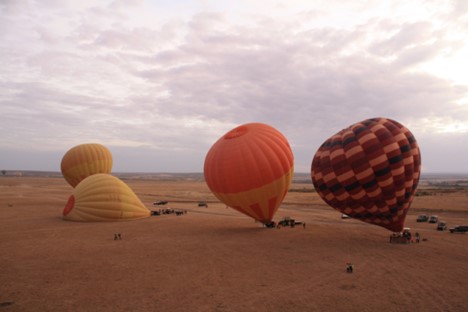
A word about balloon rides…be aware that the balloon basket is entered as it is laying on the ground, so you are actually laying down to begin with. There are four people per section of the basket, and you stand up during the flight. Also, you may need to make a “sport landing”, which means that sometimes the basket doesn’t land vertically, but instead you land horizontally and usually drag on the ground for a bit. The guides are usually also the navigators.
We thoroughly enjoyed the Serengeti and would go back in a heartbeat. But we were moving up to the north of the rivers to the Masai Mara and one of the nicest accommodations we stayed at on this trip, Entim Camp. But before we leave Tanzania…just one word…Awesome, with a capital “A”.
Where we stayed: Serengeti Northern Wilderness Camp. Meals and safaris included. Nice glamping accommodation and right in the middle of the action. Some safari camps are at least somewhat accessible, the larger issue is finding a safari vehicle that will accommodate those with mobility issues.
How we got there: Private transfer from Ngorongoro.This was part of a three-week private tour through Tanzania, Kenya and South Africa.
General Accessibility Information: See notes above. Tanzania is generally not considered very handicapped accessible, with limited wheelchair accessibility in most places. Some tour operators offer accessible tours, and some high-end hotels are accessible.Call in advance to verify and make specialty arrangements.See our sections on specialty apps and accessible travel for more on accessibility assistance.

